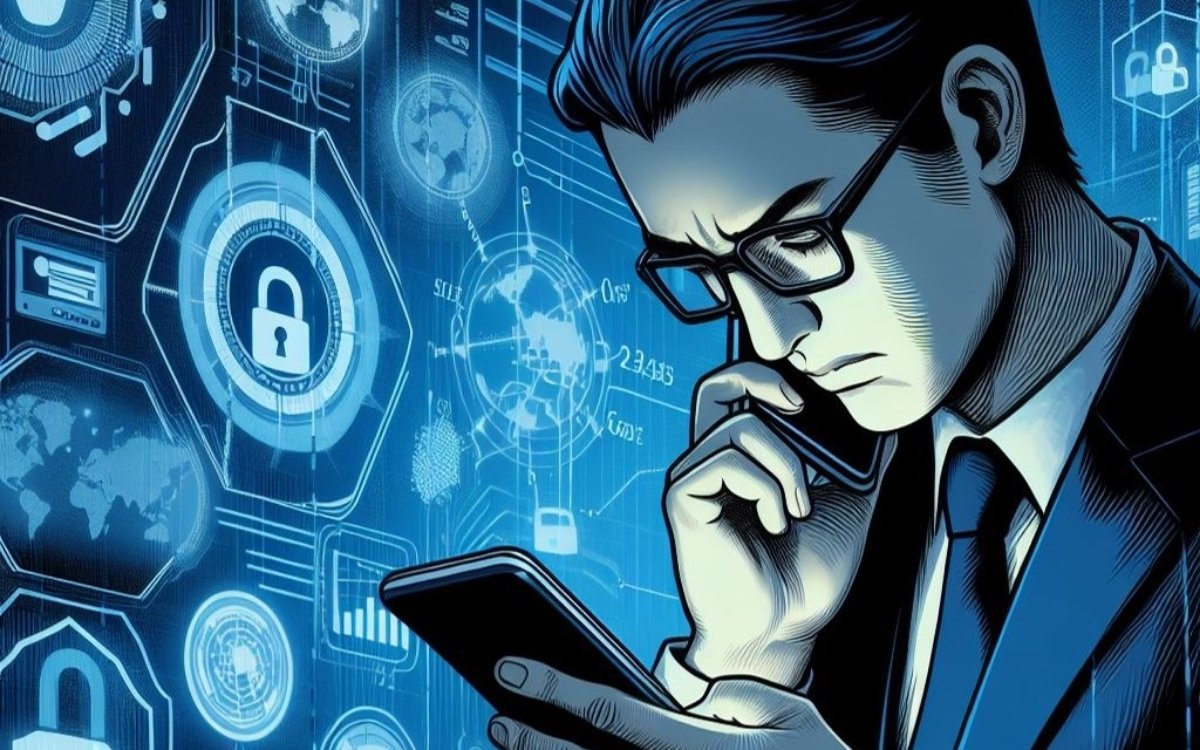In an era where artificial intelligence (AI) technologies are increasingly being integrated into various sectors, cybersecurity threats are evolving at a similarly rapid pace. Among these threats, the emergence of AI worms, capable of spreading through generative AI-powered emails, represents a significant challenge for cybersecurity professionals and businesses alike.
Key Highlights:
- Generative AI is being utilized to create highly convincing phishing emails.
- The first AI worm has been predicted by cybersecurity experts.
- Advanced multilingual attacks and climate hacktivism are also on the rise.
Generative AI tools have enabled cybercriminals to craft emails that are increasingly realistic, thereby enhancing the success rate of phishing attacks. The technology’s ability to generate content in multiple languages has opened up new vulnerabilities, particularly in regions previously considered relatively safe due to language barriers. Moreover, the potential deployment of the first “AI worm” combines traditional ransomware methods with AI-driven automation, presenting an autonomous threat capable of infiltrating businesses’ software systems.
Generative AI and Phishing Emails
A study by IBM X-Force Red revealed thaterated phishing emails had an 11% click rate, slightly lower than the 14% click rate for human-crafted emails. This indicates that while generative AI can effectively produce phishing emails, the nuanced understanding and emotional intelligence of humans still play a crucial role in crafting the most convincing attacks. However, the presence of tools like WormGPT, which bypasses ethical guardrails of AI models to craft phishing emails, underscores the potential for AI to augment the sophistication of cyber attacks in the future.
The Role of Cybersecurity
To counter these evolving threats, cybersecurity measures must also evolve. The use of advanced AI-driven cybersecurity solutions is becoming increasingly necessary to detect and mitigate threats that traditional security measures might miss. This includes training employees to recognize sophisticated phishing attempts and implementing advanced identity and access management controls, such as multifactor authentication.
Protecting Against AI-Powered Threats
To defend against these evolving threats, businesses and individuals must adopt a multi-faceted approach to cybersecurity:
- Vigilance against suspicious emails, regardless of language.
- Training for employees to recognize phishing attempts.
- Implementation of advanced identity and access management controls.
- Regular updates to threat detection systems and cybersecurity training materials.
As AI technologies become more sophisticated, the race between cybercriminals leveraging AI for malicious purposes and cybersecurity defenses will intensify. The importance of advanced, AI-driven cybersecurity solutions has never been more pronounced, emphasizing the need for continuous adaptation and vigilance in the digital age.
The advent of AI worms and generative AI-powered phishing emails marks a significant evolution in cybersecurity threats. While these technologies offer new avenues for cyber attacks, they also underscore the importance of advanced cybersecurity measures and continuous vigilance. As we move forward, the interplay between AI’s potential for innovation and its exploitation by malicious actors will undoubtedly shape the future of cybersecurity.
The cybersecurity landscape is undergoing rapid changes with the advent of AI-driven threats. As generative AI becomes more sophisticated, the potential for its misuse in creating AI worms and other cyber threats is a significant concern. Businesses and cybersecurity professionals must stay ahead of these developments by adopting advanced security technologies and strategies. The unique challenges posed by AI-driven threats underscore the need for continuous innovation and vigilance in cybersecurity practices.
